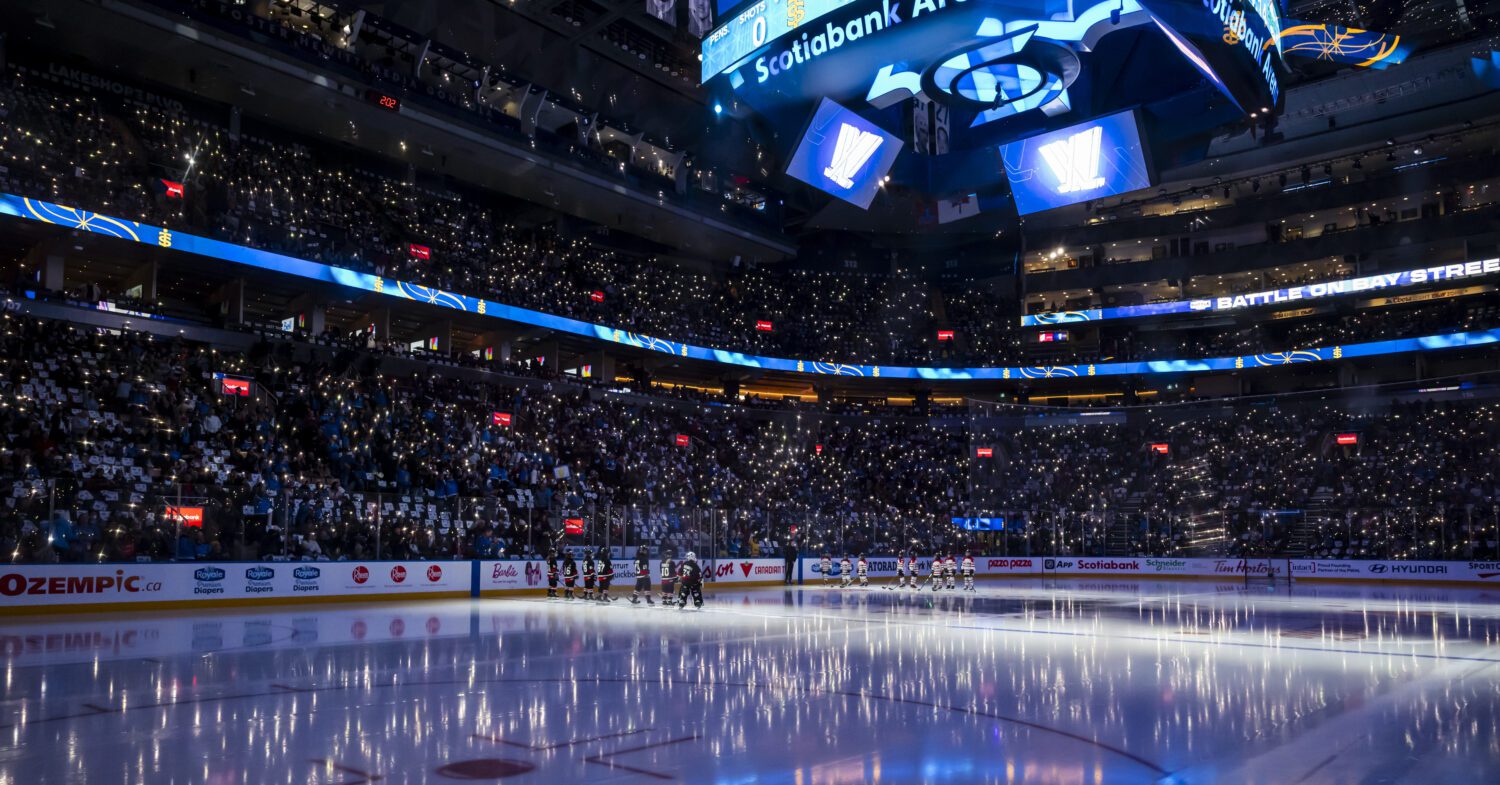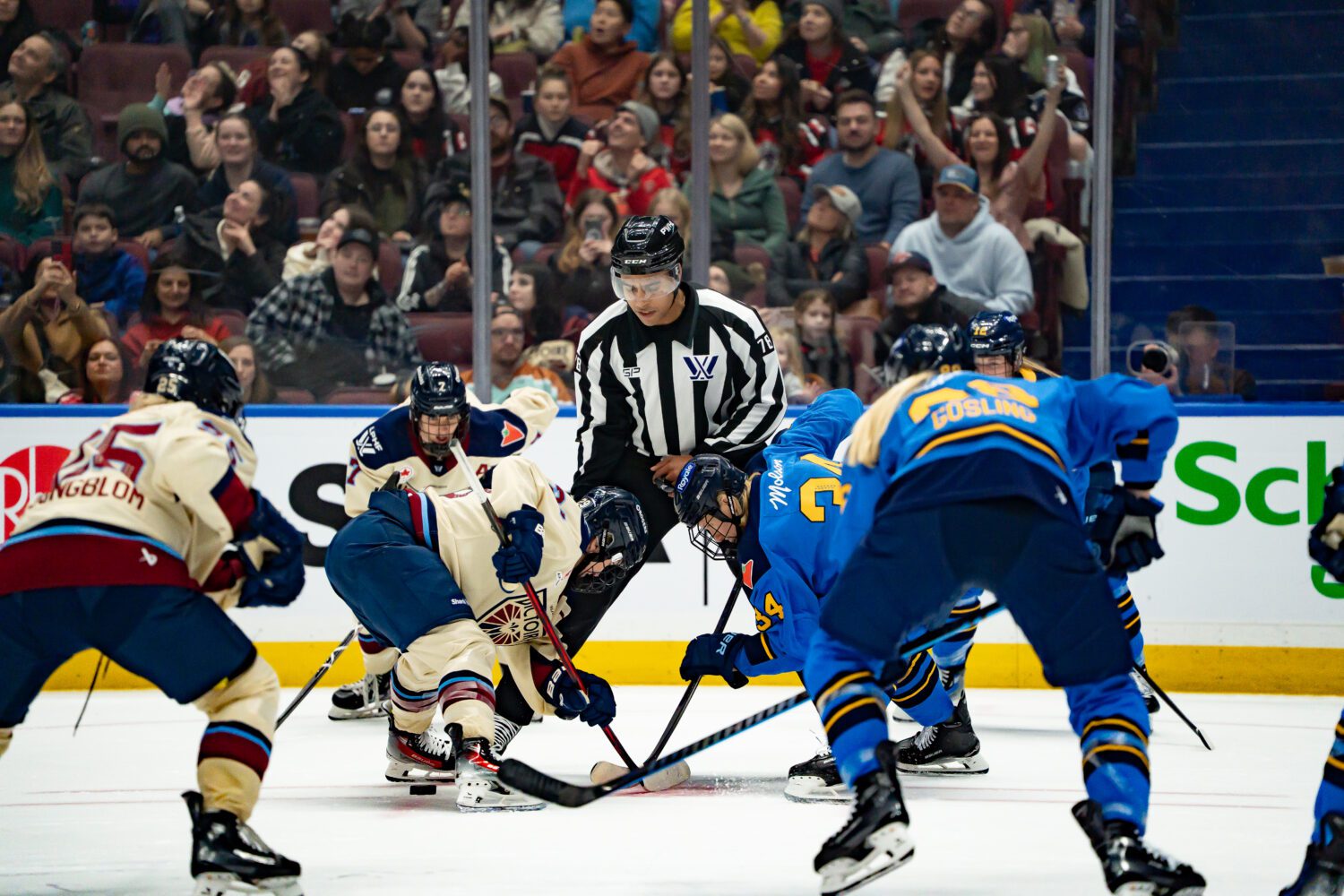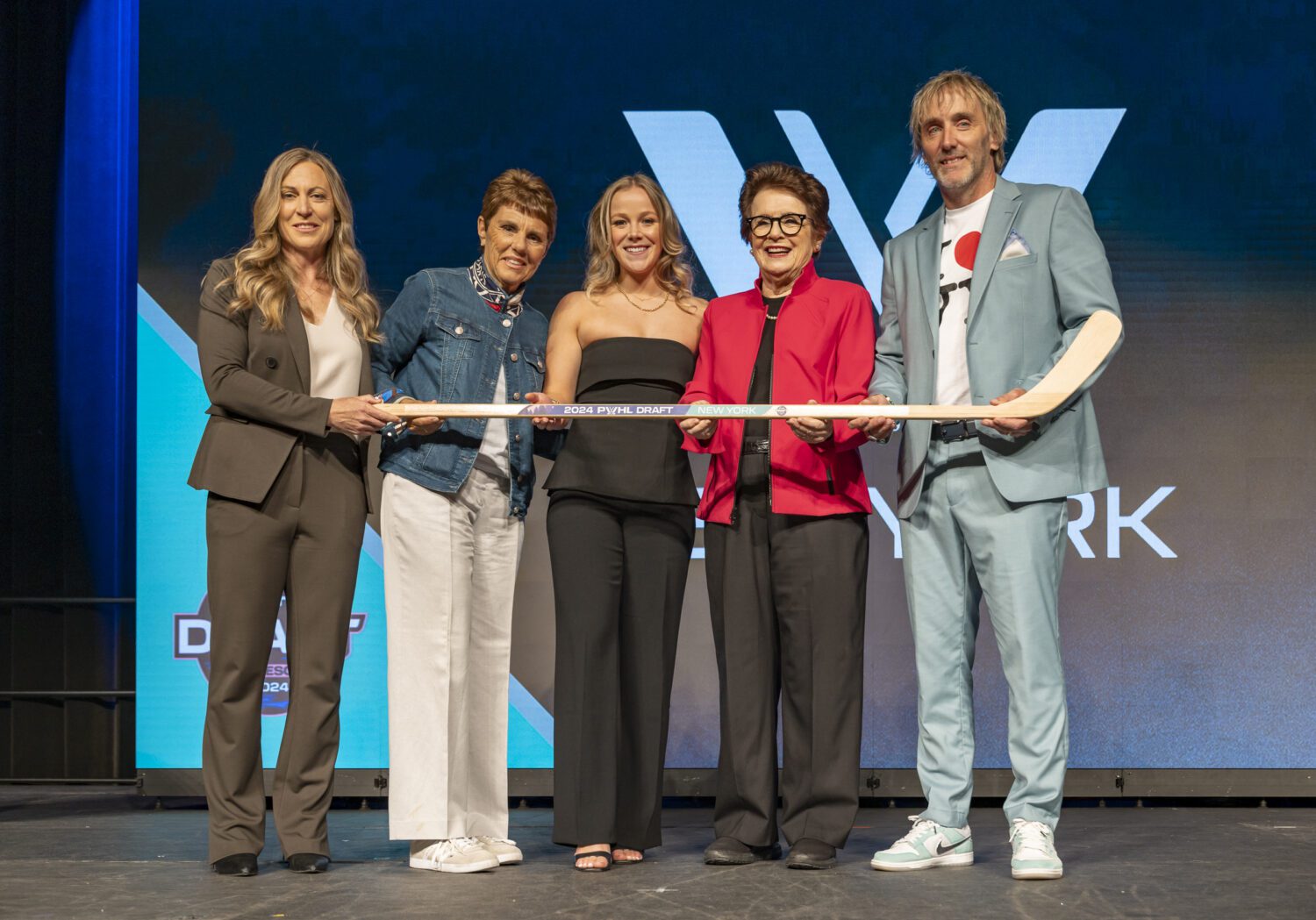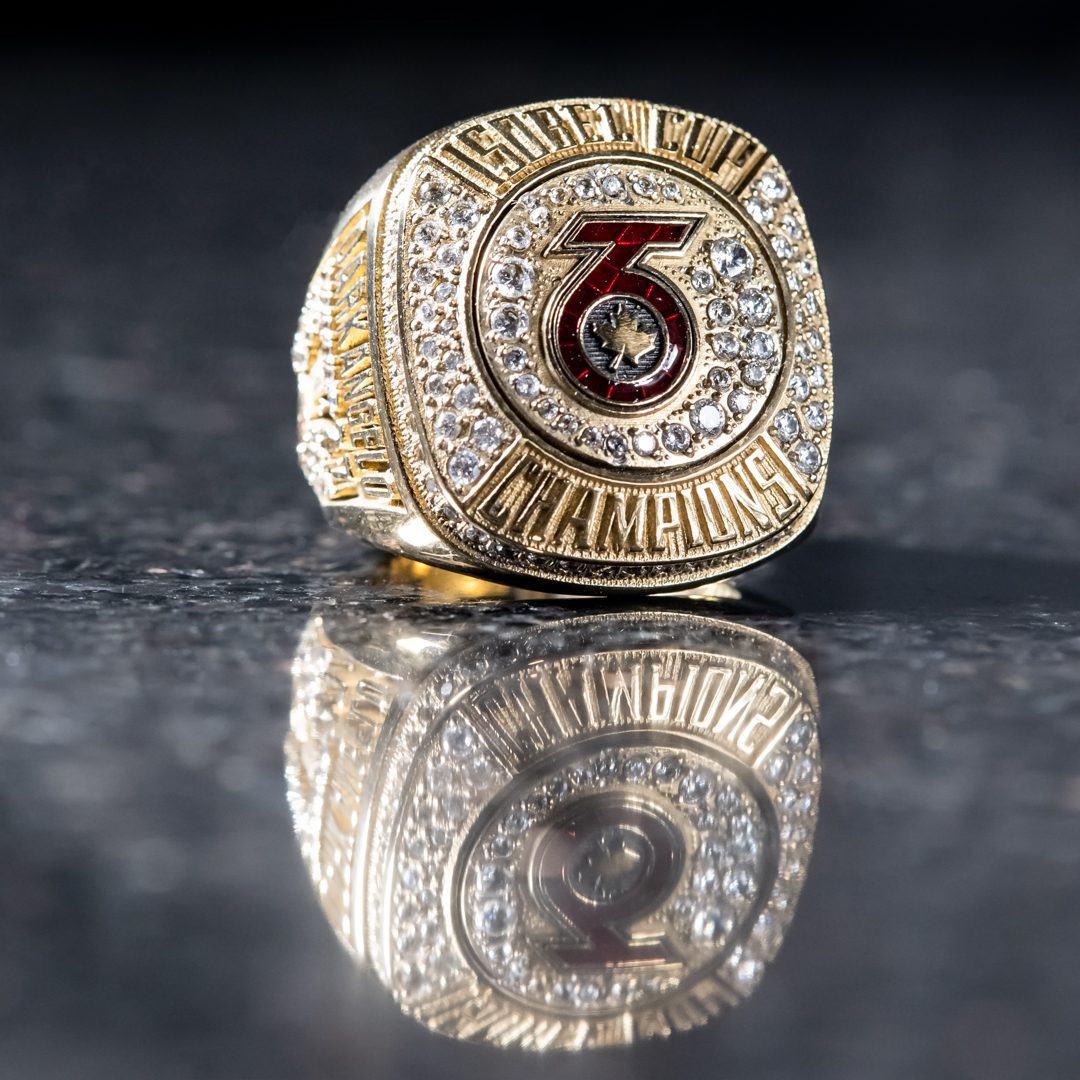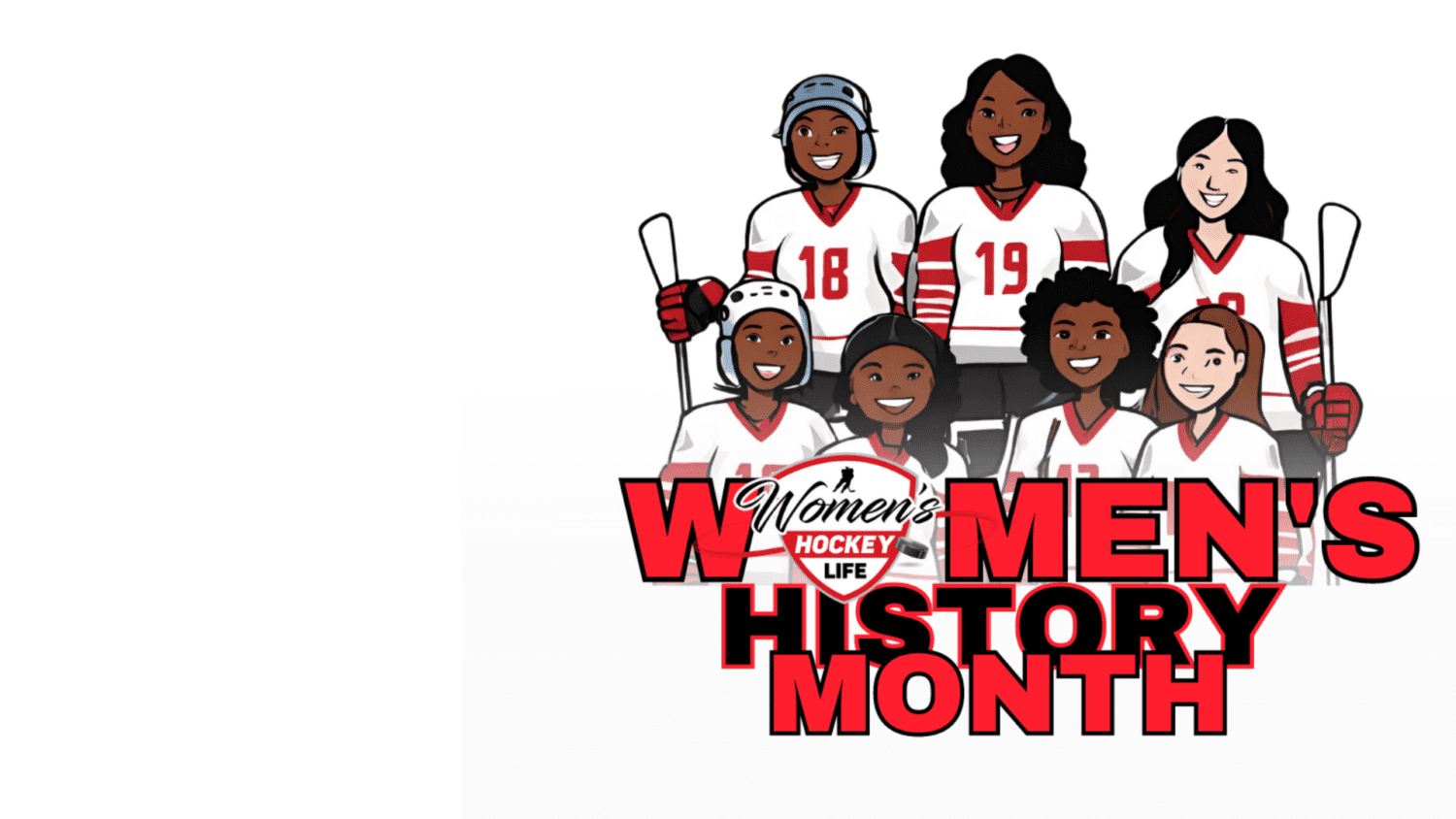“Find these players a place to play.”
That was the line used by CBC broadcaster Jim Hughson to wrap up the Elite Women’s 3-on-3 portion of the 2020 NHL All-Star Game in St.Louis.
For the second year in a row, women’s hockey stole the spotlight despite being surrounded by the NHL’s best and brightest stars. Last year, it was Kendall Coyne Schofield’s dazzling speed during the fastest skater competition that brought even the likes of Connor McDavid, Auston Matthews, and Mathew Barzal to their feet. Coyne had one shot at seizing the opportunity and she came up clutch.
A year later, the NHL announced that the best Canadian and American players in women’s hockey would play a 3-0n-3 mini-game at the All-Star Game. This wasn’t just meant to be a quick hockey game to fill the time while the “real stars” took a rest. It was meant to be a litmus test for the NHL. How good is women’s hockey? Is it entertaining? Does it keep people in their seats? Does it have a future worth investing in?
Playing to a Full House
When the women took to the ice, the stands remained full. The women could have played to a half-filled audience while the other half used the opportunity to replenish their snacks and beverages out on the concourse. What better time to do that, one could argue, than while the NHL stars themselves were not on the ice. Instead, the seats remained jam packed.
Players like Coyne and Hilary Knight, now household names for USA Hockey, received thunderous ovations when they were announced to the crowd. Kids followed along with fascination as the players dashed up and down the ice. The crowed “oohed” and “aahed” each time a player dangled through the zone and the place erupted each time one of the two goalies made yet another incredible save.
This was “edge of your seat” hockey at an All-Star game. It really didn’t matter who won or lost the game. It was really about 20 players being given 20 minutes to showcase the very best of their sport. The players walked the red carpet with suave and trendy looks. They signed autographs, posed for selfies with fans, and showed that they can walk with the best in the world.
A Level Playing Field
That may just be the most impressive thing about women’s hockey. The stage has not been adapted for them in any way. When the NHL players vacated the ice surface and were replaced by the women’s elite players, we didn’t see a pit crew of arena officials come out to move the boards closer together so as to condense the size of the playing surface. We didn’t see the goalie nets being replaced by smaller ones. We didn’t see lighter pucks being brought out so that they’d be easier to shoot.
The women are playing the same game as the men. Instead of having the sport adapt to them, they have committed themselves to training so that they can play the game at the same level. This is all training that they’re doing on their own time and at their own cost.
Imagine if they were given the financial support and resources to train as professional hockey players full time. The product can only get better with more investment, and that should be an enticing thought for anyone who is looking towards the long term growth of hockey.
The Future is Female
“In 2017-18 the rate of growth in USA Hockey’s women’s registrations was nearly 6.5 times greater than the growth in men’s registrations.”1
Internationally, women’s hockey is one of the fastest-growing sports in the world. With the Beijing Winter Olympics just around the corner, China is the latest market to invest in their women’s hockey program. Countries like Slovakia and Switzerland are making a push, and at the 2020 IIHF Women’s U-18 World Championships, none of the top 5 leading scorers in the tournament were from Canada or the USA. Those bragging rights went to the countries of Russia, the Czech Republic, Switzerland and Finland.
Growth, in any field, requires reaching those who were previously marginalized. Hockey is no different. It is time to make it so that when we watch a game, we see an ice surface that is more representative of our world. That is, more women, more people of colour, more para-athletes, and more overall diversity. Investing in women’s hockey is a chance to create new economic input – it will create new jobs and opportunities across the industry.
The Time is Now
“What if it works?” asked women’s hockey legend, Cassie Campbell-Pascall, on the All-Star game broadcast. And that’s the question the NHL and every investor should be asking right now. The skill is there, the will is there. Women across all platforms are starting to push to the forefront of their respective industries. Now is not the time to be afraid of taking the leap. Now is the time to follow in the footsteps of the women’s hockey players themselves. Be fearless, be loyal, be smart. Let’s go “all in” on women’s hockey and give it the permanent platform it deserves.
[adrotate group=”1″]
Related Articles
Categories
Recent Posts
[adrotate group=”2″]


